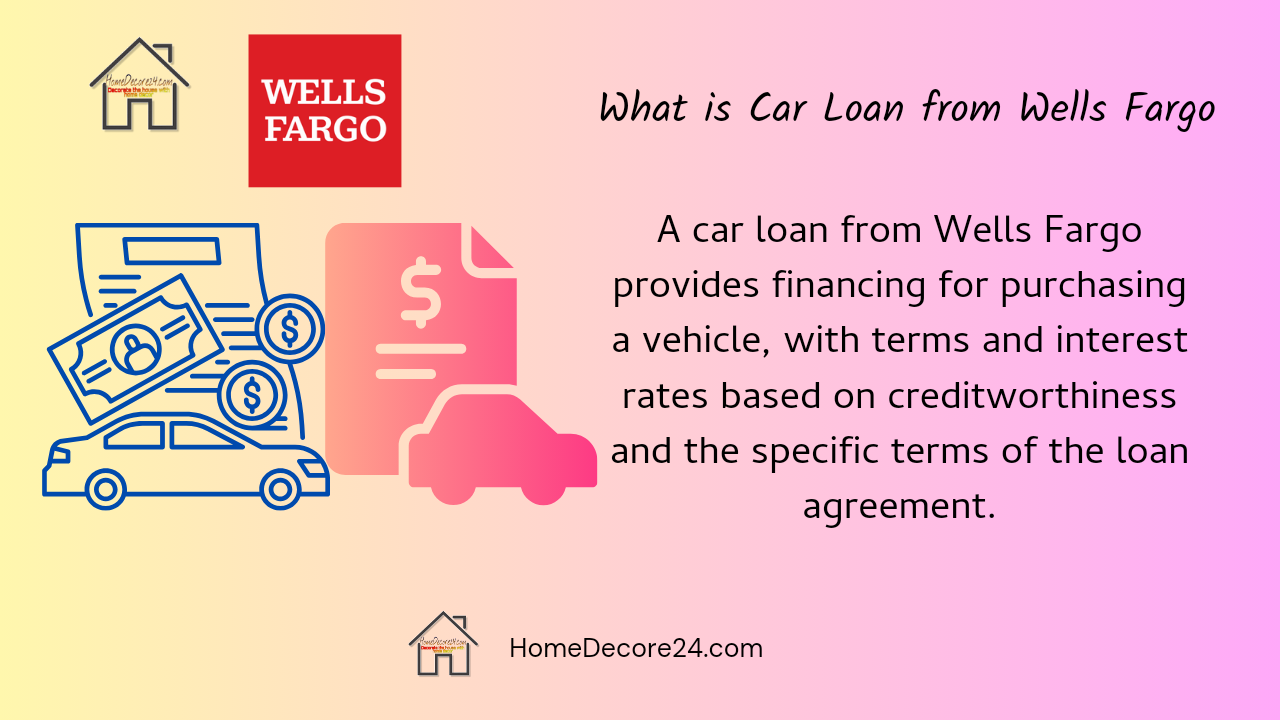
The Federal Housing Administration (FHA) Lift Funds program plays a pivotal role in making homeownership more accessible for individuals and families who might not otherwise qualify for traditional mortgage financing. This initiative helps potential homebuyers bridge the gap between the down payment and closing costs, thus promoting homeownership and stimulating the housing market. In this article, we will delve into the definition, purpose, and guidelines of the FHA Lift Funds program.
Definition of FHA Lift Funds
FHA Lift Funds, also known as down payment assistance programs, are designed to provide financial assistance to homebuyers, especially first-time buyers, by covering a portion of the upfront costs associated with purchasing a home. These funds are typically offered as grants, forgivable loans, or low-interest loans. The primary objective is to reduce the financial burden on homebuyers, making homeownership a viable option for a wider range of individuals and families.
Read More: How to Get a Car Loan from Wells Fargo
Purpose of FHA Lift Funds
The core purpose of the FHA Lift Funds program is to address the challenge of down payment and closing cost requirements, which often act as significant barriers to homeownership for many potential buyers. By offering financial assistance, the program aims to achieve several important goals:
Increased Homeownership: By helping potential buyers overcome financial obstacles, the program contributes to an increase in homeownership rates, fostering community stability and wealth-building opportunities.
Diverse Homebuyer Pool: The program facilitates the inclusion of diverse demographics in the housing market, promoting economic and cultural diversity within neighborhoods.
Economic Stimulus: A robust housing market positively influences the economy by creating jobs in the construction, real estate, and related industries. The program’s support for home purchases helps stimulate economic growth.
Reduced Foreclosure Risk: Homebuyers who receive down payment assistance are more likely to afford their mortgage payments and maintain their homes, resulting in lower foreclosure rates.
Guidelines for FHA Lift Funds
While specific guidelines can vary by state and locality, there are common principles that govern the administration of FHA Lift Funds programs:
Income Eligibility: Homebuyers must meet certain income requirements to qualify for assistance. These requirements are often based on the area’s median income to ensure that the funds target those who need them the most.
First-Time Homebuyers: Many programs prioritize first-time homebuyers, defined as individuals who have not owned a home within the past three years. Some programs, however, also extend assistance to repeat buyers in certain circumstances.
Home Purchase Requirements: The program usually requires that the home being purchased meets certain standards, ensuring that it is safe and habitable. It’s common for the property to be the buyer’s primary residence.
Homebuyer Education: Applicants may be required to attend homeownership education courses to ensure they understand the responsibilities and financial aspects of owning a home.
Loan Repayment or Forgiveness: Depending on the type of assistance provided, some funds are forgivable after a certain period, while others may need to be repaid when the home is sold or refinanced.
Program Funding: The availability of funds is limited and varies over time. Interested homebuyers should apply early and inquire about the current status of the program.
Read More: Exploring USDA Guaranteed vs. Direct Loans
Who provides funds for FHA?
Funds for FHA programs are provided by a combination of sources, including government allocations, lender contributions, and private organizations. These funds are aimed at supporting homebuyers by helping them with down payments and closing costs, fostering accessible homeownership.
What is FHA and how does it work?
The Federal Housing Administration (FHA) is a government agency within the U.S. Department of Housing and Urban Development (HUD) that plays a pivotal role in facilitating affordable home financing. It operates by insuring mortgages issued by approved lenders, thereby reducing the risk for lenders and making it easier for borrowers to secure home loans, especially those with lower credit scores or smaller down payments.
FHA Process: How It Works
Borrower Application: Homebuyers apply for an FHA-insured mortgage through an approved lender. The lender evaluates their financial background, credit history, and ability to repay the loan.
Lender’s Evaluation: The lender reviews the application and determines the loan amount for which the borrower qualifies. FHA guidelines allow for more flexible qualification criteria compared to conventional loans.
FHA Mortgage Insurance: To mitigate the lender’s risk, FHA requires borrowers to pay a mortgage insurance premium (MIP). This insurance protects the lender in case the borrower defaults on the loan.
Property Appraisal: The property to be purchased undergoes an FHA appraisal to ensure it meets safety and habitability standards. The appraisal helps determine the property’s value and its eligibility for FHA financing.
Loan Approval: Once the lender approves the loan, the borrower agrees to the terms and conditions, including the interest rate and repayment schedule.
FHA Insurance Endorsement: After loan approval, the lender submits the loan details to the FHA for insurance endorsement. This step confirms the government’s backing of the loan.
Closing and Ownership: The borrower attends the closing, where the loan is finalized, and ownership of the property is transferred. The borrower makes a down payment and covers closing costs.
Loan Repayment: The borrower repays the loan over the agreed-upon period, adhering to the terms of the loan. The MIP is typically paid monthly along with the mortgage payment.
Default and Foreclosure: If the borrower defaults, the lender can file an insurance claim with the FHA to recover a portion of the outstanding balance. This protects the lender and encourages lending to borrowers with lower credit profiles.
Impact on Homeownership: FHA’s role in providing insurance encourages lenders to offer mortgages to a broader range of homebuyers, promoting homeownership among individuals who may not qualify for traditional loans.
In essence, the FHA acts as a crucial intermediary between lenders and borrowers, facilitating accessible home financing by reducing the risk for lenders and expanding homeownership opportunities for a diverse pool of individuals and families.
What was the purpose of the FHA?
The Federal Housing Administration (FHA) was established to increase access to affordable home financing by providing insurance to lenders against borrower defaults, enabling more Americans, including those with limited credit, to become homeowners.
Gift funds VS. gift letters: what’s the difference?
Gift funds refer to monetary contributions given to homebuyers to help with down payments or closing costs. A gift letter is a written statement from the donor confirming the funds are a gift, not a loan. Lenders often require gift letters to verify the legitimacy of the funds and ensure borrowers aren’t taking on additional debt.
How do FHA gift funds work?
FHA gift funds are monetary contributions provided by family, friends, or employers to help homebuyers with down payments or closing costs. The donor must provide a gift letter confirming the funds are not a loan. These funds assist borrowers who might not have sufficient savings, promoting affordable homeownership.
Who can give gift funds on an FHA loan?
Family members, close friends, employers, or charitable organizations can provide gift funds for an FHA loan. The donor must furnish a gift letter, confirming the funds are not repayable.
YouTube Video
Bottom Line
The FHA Lift Funds program serves as a crucial bridge to homeownership for individuals and families who face financial challenges when it comes to covering down payments and closing costs.
By providing financial assistance and adhering to specific guidelines, this program contributes to a more inclusive and stable housing market, with wide-ranging benefits for communities and the economy at large. Aspiring homeowners should explore their eligibility for these programs to make their dreams of homeownership a reality.
✓ Navigating the Path to a VA Loan After Bankruptcy







